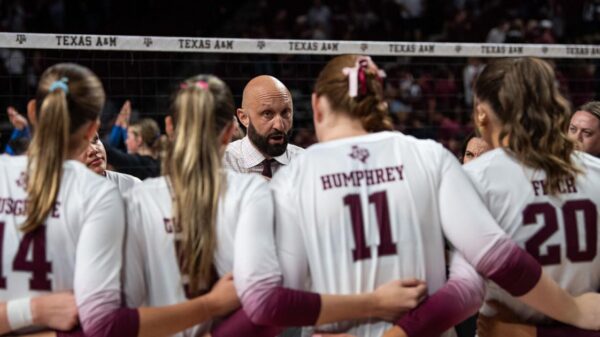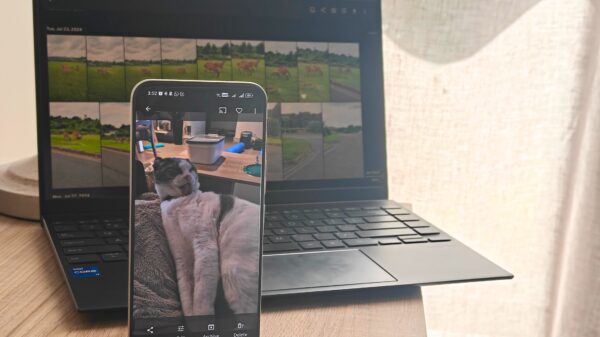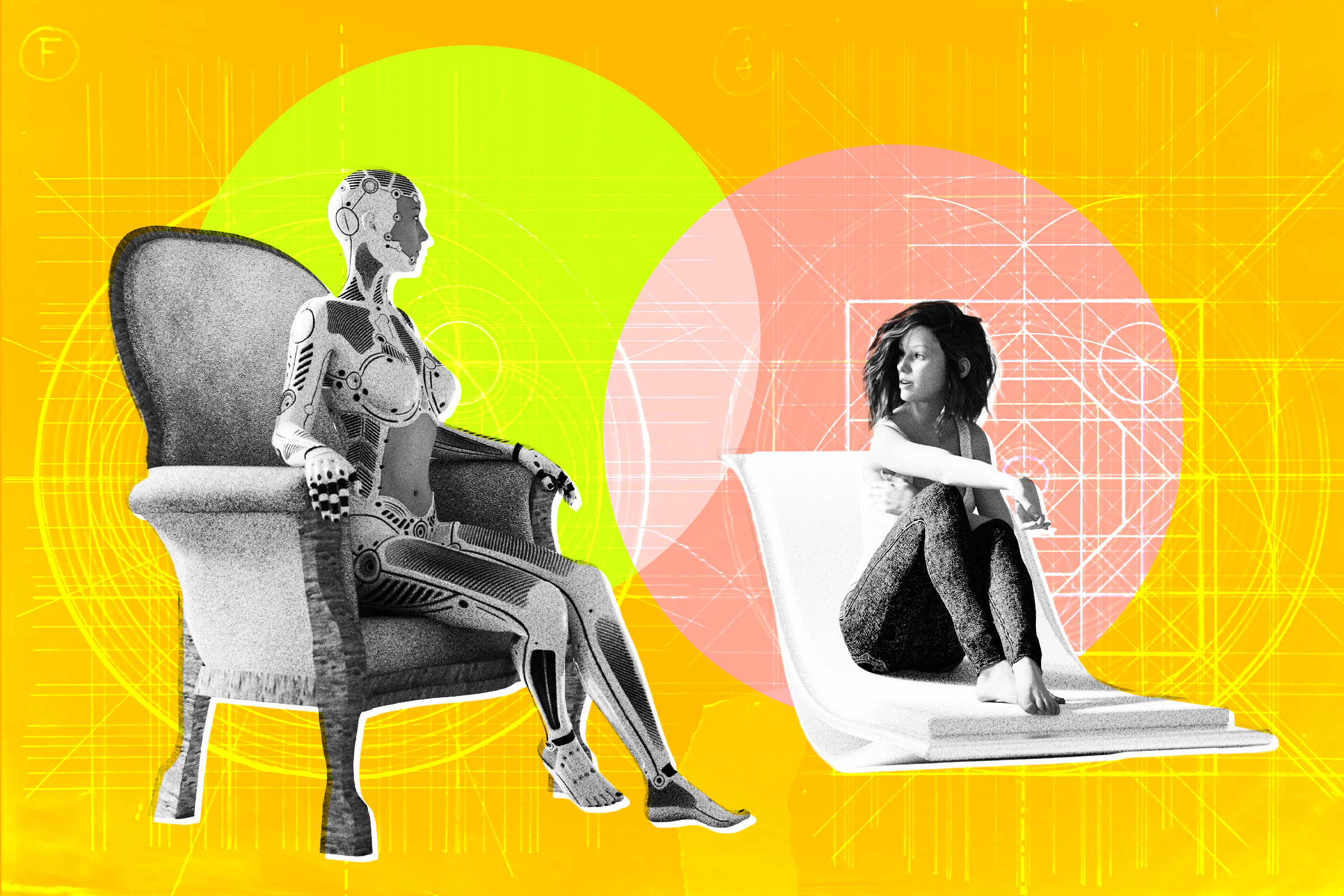Neuralink’s Head of Surgery, Danish Hussain, announced that a human-robot interface is on the horizon, stating this development could occur “very soon.” The revelation came via a post on X, where Hussain addressed public perceptions of the company, which has often been viewed as a controversial entity. He emphasized that Neuralink’s primary goal is to assist individuals, making light of the situation with a humorous reference to people enjoying pretzels.
The topic gained traction after a video was shared by another Neuralink employee, purportedly showing a man controlling a robotic arm through telepathy. This sparked enthusiasm among fans, with one asking why Tesla’s Optimus robot was not involved in the training process. Hussain responded, “We’re starting simple, but this will happen very soon!”
Despite the excitement, the specifics of how a human-to-robot interface would function remain unclear. The ongoing challenges faced by Tesla’s Optimus—which has struggled with both communication and movement—raise questions about the feasibility of such technology. Elon Musk, who oversees both Neuralink and Tesla, has been known for making ambitious promises that often lack detailed follow-through, particularly as Tesla navigates a tumultuous financial landscape.
Neuralink has made strides in its research, having implanted its technology in 12 human test subjects. However, results have been mixed. For instance, the company’s first patient, Noland Arbaugh, reported diminished effectiveness of his device after just a few months.
As Hussain advocates for the potential benefits of Neuralink’s innovations, skepticism remains about the practicality of a seamless brain interface capable of controlling humanoid robots. With the technological landscape continuously evolving, observers will be watching closely to see if Neuralink can deliver on its promises in the near future.
While the prospect of a human-robot interface is enticing, the path toward achieving this goal will require overcoming significant technical and ethical challenges. Neuralink’s advancements will be closely monitored, as they hold the potential to redefine human interaction with machines.








































































